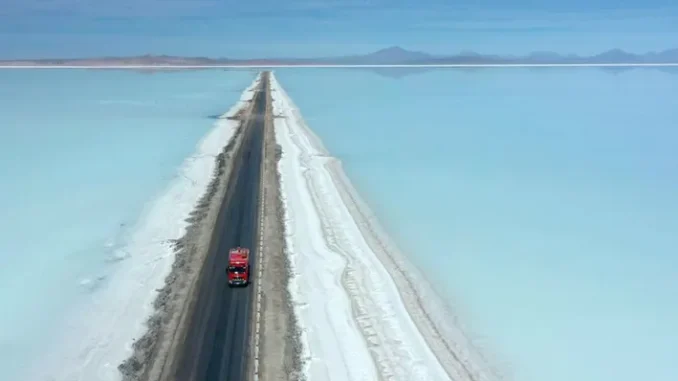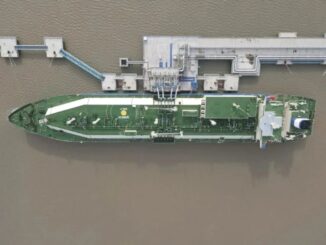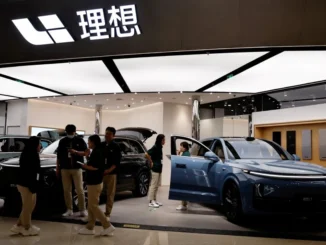
Just four months after agreeing to give a Chinese consortium led by the lithium-ion battery manufacturer, Contemporary Amperex Technology, control over the development of Bolivia’s lithium deposits, Bolivia’s economy is undergoing a severe crisis.
Just last week, the Chinese battery giant, CATL, announced that it plans to open two battery factories and invest over $1B in Bolivia. This will involve extracting lithium from brine.
Should CATL prove successful, more massive investments from other foreign interests are sure to follow. What happens, however, if the predicted social upheaval caused by the current economic collapse disrupts lithium resource development? Aside from the issues that will likely engulf CATL and the Bolivian state alone, the entire future of renewable energy could be retarded. Without a steady and massive supply of lithium, there will be no new batteries to increase storage of renewable energy. Without increased storage and then transmission, renewable energy could become almost useless as a fuel upon which to base any country’s economy because, unlike with traditional fossil fuel power plants, solar panels, windmills, and to a certain extent hydroelectric facilities need battery storage for when the sun is not shining, the wind is not blowing, or there is drought.
Furthering the problem, it should be noted that the country with the world’s second largest proven lithium reserves is neighboring Argentina, whose deposits are located in the same general area as in Bolivia. Yet Argentina is also facing a massive economic upheaval of its own right now. Any world in which the two largest potential suppliers of the key mineral needed to drive renewable energy is a world in which there is substantial risk that such redevelopment may not be able to take place at all. Suddenly, the world as a whole has an enormous stake in the success and stability of those two South American nations.
For climate activists who wish to see swift movement away from fossil fuels toward “green” energy, merely campaigning against, or pushing for incentives, either positive or negative, to decrease reliance on, fossil fuels is only part of the equation. There must be something to replace that energy. If the supposed answer is making future electricity from renewable sources, then we must understand how that could work and make the necessary adjustments to make it happen. Understanding that requirement means recognizing the centrality of lithium development to that process, and this means, in turn, assuring that the world has a stable and continuing supply of that element until we can find a better way than lithium ion batteries to store the massive amounts of “green” electricity that we hope to soon be producing around the globe.
This is not just a first world problem. Indeed, the entire globe has a massive stake in maintaining the stability of Bolivia, a relatively small South American country that few Americans – or anyone else for that matter – could easily find on a map. How we achieve that stability is a question for another time and place, but the first step is realizing that we will have to make our own renewable future. It will not just drop from the sky. To make it, we must use the tools that exist. Understanding what those tools are and how we can access them are critical questions that we need to answer to guide our policies. Not understanding that these questions exist and require a solution will, inevitably, lead to much posturing and debate but, unfortunately, no actual problem solving or progress. We will all be the poorer for it.



